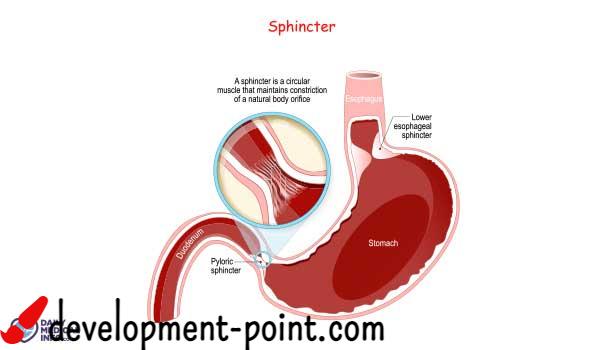The shape of the cerebellum, its composition and its most important functions
The cerebellum is the part of the brain that plays a vital role in all bodily movements. So what is it? And where exactly is it located? What is the function of the cerebellum and the most common diseases that affect it? In this article, we will learn in some detail about this member.
What is the cerebellum?
The word cerebellum means “small brain,” and it refers to that part of the brain located behind the head near the brainstem. The location of the cerebellum becomes clear when looking at the anatomy of the brain, as it appears as a separate structure from the cerebrum and lies below the cerebral hemispheres. It is a vital part responsible for controlling voluntary movement in general, such as walking, standing, driving, throwing the ball, and other complex movements. It also helps in eye movement and vision, and is responsible for balance and body position.
The shape and composition of the cerebellum
The cerebellum consists of a cortex that covers the white matter, and it consists of a ventricle filled with fluid, and it is divided into two halves – just like the brain -, as follows
Basic parts of the cerebellum:
- Cerebellar cortex: It is the outermost tissue, and contains most of the nerves connected to the cerebellum.
- Cerebellar nuclei: It is the inner part of the cerebellum and contains nerves as well.
cerebellum function
The cerebellum receives information from other brain regions and the nervous system, including the spinal cord and brain stem, and then the cerebellum uses it to regulate and control voluntary movements and many other vital functions. It is responsible for the following:
- Maintaining balance: The cerebellum contains special sensors that detect changes in movement and balance.
- Movement regulation: Most of the body’s movements require complex muscle regulation, that is, coordination with more than one muscle group, and the cerebellum works to coordinate the movement of these muscles with each other in a harmonious manner.
- Vision: The cerebellum controls the movement of the eyes.
- motor education: The cerebellum plays a prominent role in helping the body learn movements that require practice. For example, controlling movements when learning to ride a bicycle, or some sports exercises, as at the beginning of learning, you rely on trial and error, but with movement control, you will become more able to perform this skill smoothly.
- Other functions: According to the sources, it is believed to have a role in thinking, language processing, mood, fear response and other responses, but the results of these functions are not yet fully understood.
Cerebellum problems and diseases
Problems with the cerebellum or problems with its communication with other parts of the nervous system may result from trauma, genetic problems, certain diseases, or medications, such as:
- Excessive alcohol use.
- brain cancer.
- head injuries
- infection.
- Mercury or lead poisoning.
- Huntington’s disease.
- Certain medicines, such as benzodiazepines or barbiturates.
- Multiple Sclerosis.
- Parkinson’s disease.
- brain attack.
Diseases affecting the cerebellum
- Ataxia: It is the loss of control over voluntary movements, and it may result from many causes such as stroke, viral infection, or toxins.
- Cognitive impairment: It is a marked decrease in mental activities such as thinking, memory and concentration.
- Dystonia: It is involuntary muscle contractions, which lead to strange movements that may be painful.
- Tremors: It is an involuntary, rhythmic muscle contraction that results in jerky movements of the hands, feet, face, head, or vocal cords.
- Vertigo: It is that feeling of dizziness due to spinning, swaying, or tilting, and is usually accompanied by problems with balance, vomiting, nausea, headache, and hearing loss.
How to preserve the cerebellum
There is nothing to completely prevent the risk of cerebellar problems, but there are many safety and security tips to avoid some of them, such as head injuries and reduce strokes, including:
- Refrain from drinking alcohol.
- stop smoking.
- Doing exercise.
- Eat healthy food.
- Follow safety precautions while driving cars, bicycles and motorcycles, such as wearing a helmet and seat belt.
advertisement

